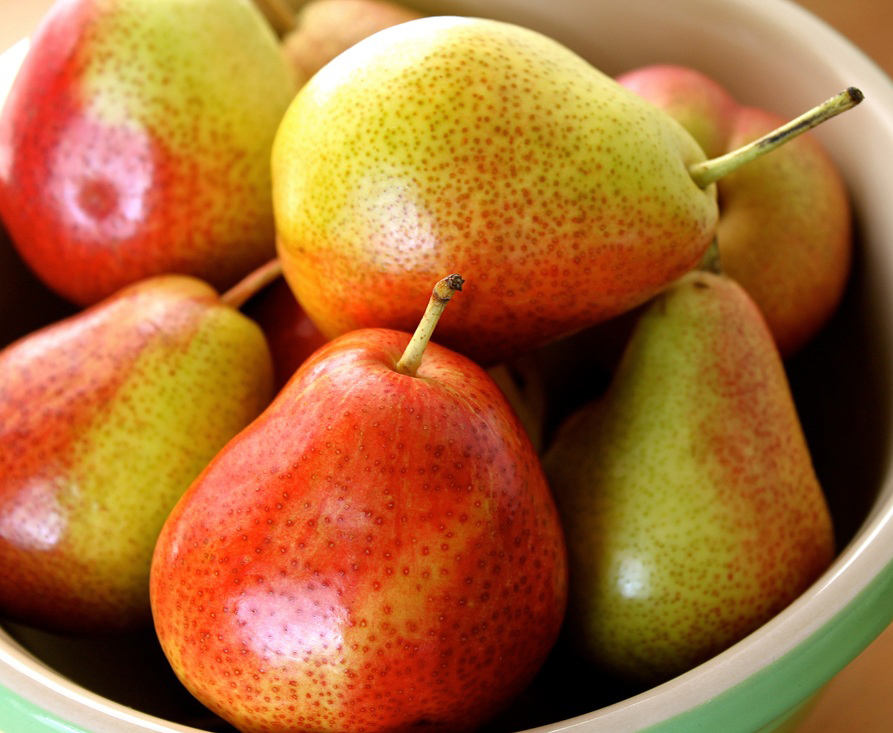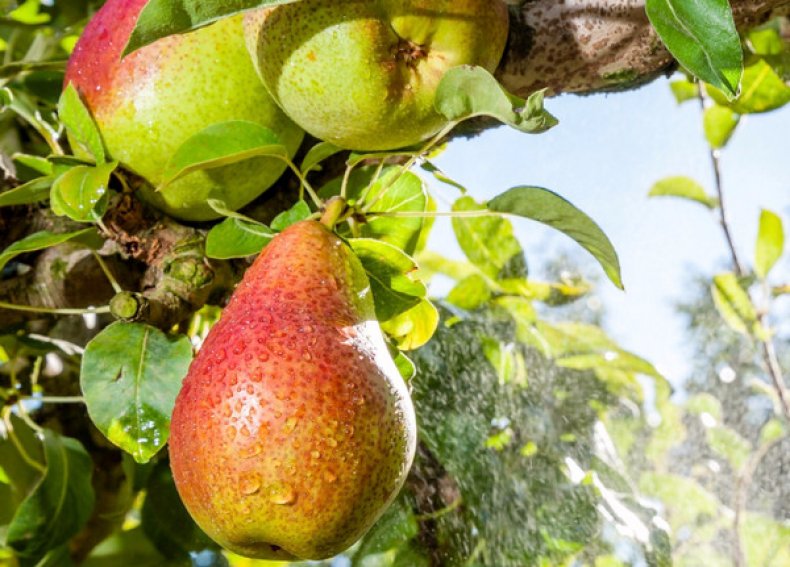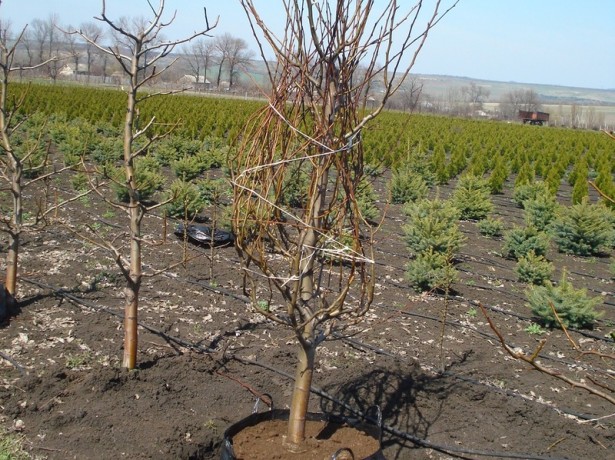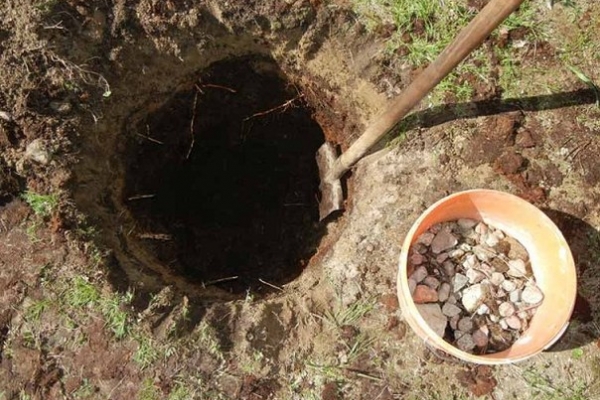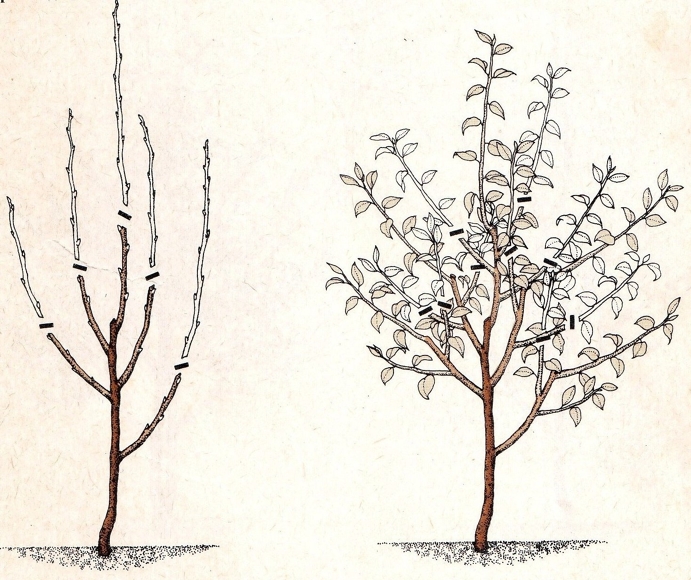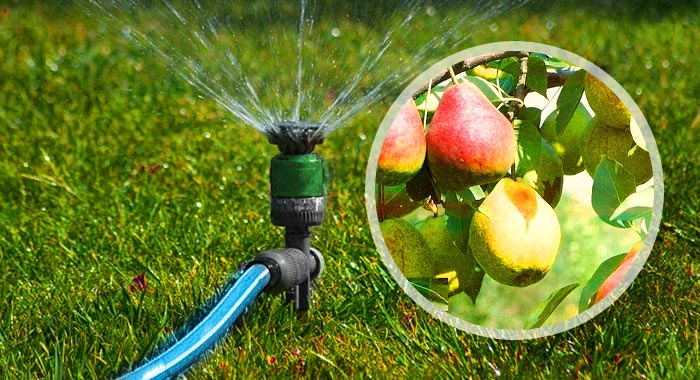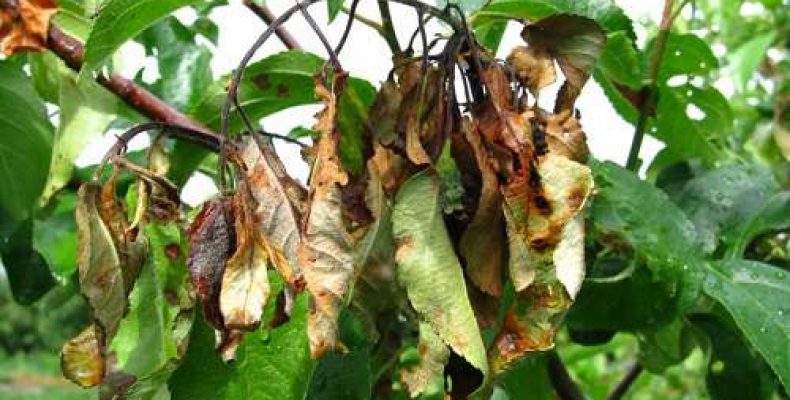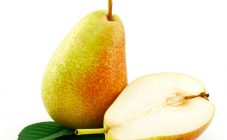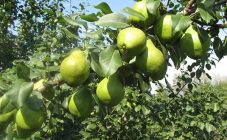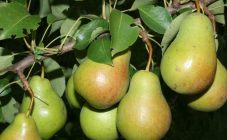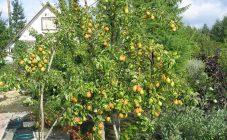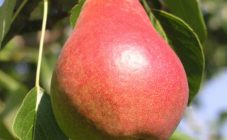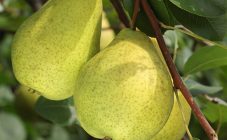Content:
Trout is a pear variety that yields beautiful, juicy and healthy fruits. The variety is known in many countries of the world, however, domestic gardeners rarely breed this variety, which is why it is considered quite valuable. Trout is preferred by horticultural enthusiasts who are fond of collecting rare varieties. Forell pears, which have a great taste, ripen by the end of October.
Description of pear varieties Trout
Despite the fact that Forell varietal pears have an attractive appearance and bright aroma, they are difficult to find as an ingredient in any dish. This variety is most common on the American continent, where such pears are used in dishes and as a decoration for a dessert table.
Pear Farrell does not take root well in Russian garden plots, and also does not have immunity to most diseases - these two factors are the main reasons why the Trout pear tree is rarely grown in Russia. Despite the high yield of this varietal variety, it is considered whimsical to care for and subject to external factors. For example, being in the flowering stage, a tree can get a fire blight. With prolonged foggy or rainy weather, it is exposed to scab or fungal infection. To prevent aphid attacks, it is required to repeatedly process the crown of the tree using special preparations starting from May.
The process of taking root young seedlings takes a long time, so the place for permanent placement should be selected correctly. The soil should be fertile, have good drainage, moderate moisture. Excessively high or low soil moisture will have a negative impact on the development of the pear tree. With the creation of ideal conditions and proper cultivation, the first fruits can be obtained in the second year after planting, full fruiting is possible in the fourth year.
The flowering time of this variety is ahead of other pear trees. The flowers are distinguished by a snow-white-pink tint, have a pronounced aroma that attracts numerous pollinating insects necessary for this varietal tree. The ripening period allows us to attribute Trout to autumn varieties. Pears reach their final ripeness by the end of October.
How to plant and care for
When choosing pear seedlings, preference should be given to one-year planting material. The tree should be chosen based on the state of the branches, they should not have visible deformations. The application of slight force causes the branches to bend rather than break. A normal root is 70 centimeters long.
It is not recommended to plant a pear on a flat area due to constant blowing from all sides - Trout seedlings do not respond well to strong winds. The pear tree is recommended to be placed on the south or southeast side of the garden area.
When shaping the garden, the size of the crown of the future tree should be taken into account. To avoid a tight fit of a pear tree to an adjacent planting, the minimum distance when planting a pear in relation to neighboring trees is four meters.
How to plant a seedling correctly
During autumn digging, the soil should be fertilized using organic compounds. To fertilize 1m2 of the plot area, you will need droppings or manure (3 kilograms), compost (about 4 kilograms), ash (1 kilogram).
It is recommended to dig a planting recess for planting a pear seedling in the autumn season - the depth is one meter, the diameter is 85 centimeters. The fertile soil layer taken from above should be laid separately. It is best to carry out preparatory activities when the foliage falls, but it is necessary to have time to complete them by the first frost.
The work on preparing the planting recess in the spring season is as follows:
- two weeks before disembarkation, a depression of the required size is created, where sand and humus in the amount of two buckets, superphosphate (1 glass) and potassium sulfate (3 tablespoons) should be added;
- in a 10-liter bucket, lime should be diluted, then the solution is poured into the pit.
Sequence of actions when disembarking:
- Fertile soil and ash are mixed with water. The root system of a pear seedling is placed in this mixture.
- At the bottom of the planting recess, a drainage layer is laid out in the form of small stones, small branches and pebbles. A certain amount of fertile soil should be poured over the drainage layer, it should form a small mound.
- Place the tree in the hole, spread the roots. Initially, the depression is filled with an enriched composition, then - with an ordinary one.
- When filling ⅔ a pit, fill it with a bucket of water. After waiting for the soil in the depression to dry out, you can finally fill the hole with the remaining soil.
How to form a crown correctly
It takes 6 years to fully grow the crown of a pear tree. By this age, the trees have five main branches. In early July, the lower tier should be formed by selecting 3 strong branches, located at a 20-centimeter interval relative to each other.
When pruning, the location of the central branch should be maintained 20 centimeters higher than the rest of the branches:
- carrying out sanitary pruning consists in removing weakened shoots, the growth of which is directed into the crown;
- in the third year, the crown is formed - all branches, except for the main ones, are shortened by ⅔;
- in the fourth and fifth years, the lateral and secondary branches growing upward are removed.
Signs of a finally formed crown - a clear definition of the main branches, the absence of parallel and cross branches of a large size. The general appearance of the tree is proportionate.
Watering and fertilizing
In the summer, for watering the seedling, settled water heated by the sun is used. For soil subsidence, abundant watering is required.
In the second year, the Farel pear is watered twice a month. Upon completion of watering, the soil must be loosened, weeded and mulched. Straw, sawdust and cut grass are placed in the area of the trunk circle. The layer of mulch should be 5 centimeters.
Autumn fertilizer consists of superphosphate and potassium chloride. Also, digging up the area around the trunk, you can additionally add wood ash.
Prevention of diseases and pests
Most often varietal pear Trout gets sick with fruit rot.The spread of this fungal disease increases under warm weather conditions with high air humidity. Dark brown spots appear on the fruits, after which they rot. At the same time, pears are a source of infection for other fruits. A preventive measure is the treatment with Fitosporin-M. In addition, diseased fruits and branches must be removed and burned.
A sign of the appearance of scab is black dots on the foliage, shedding of foliage and flowers, as well as the setting of small fruits. A measure of control is the removal of all leaves in the fall and watering with Bordeaux liquid in the spring.
When aphids appear, leaves fall. This problem can be solved by whitening the trunk and spraying the tree with Bordeaux liquid.
To grow Pear Forella, you need to know everything about its care, benefits, dangers and taste. The correct actions of the gardener will help to harvest a quality crop.
